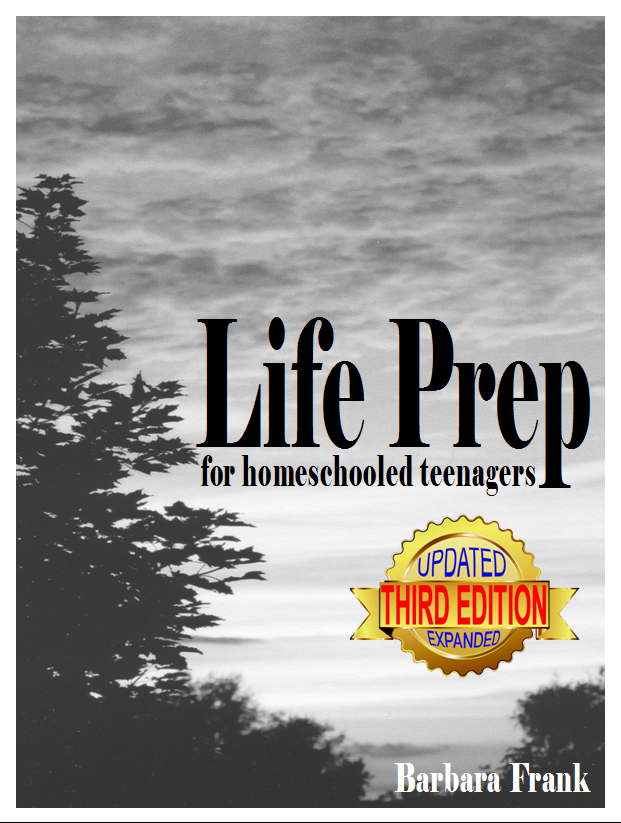My youngest nephew is seven, and a very bright child. He loves science, and keeps busy at home with educational toys that would bore or overwhelm many boys his age.
Up until recently, he did very well in school. But his second-grade teacher expects her students to sit quietly and read; she thinks he has a problem with this so she’s been sending notes home about it, which is upsetting him and his mother.
As I said, he’s seven and he’s a boy. Sitting quietly and reading is not his natural behavior. I’m not saying he shouldn’t learn this, but I’m sad that his current inability in this area is affecting his grades.
But that’s school. The teacher plans a learning experience for the entire class; those who can’t do what she says will be graded down.
Don’t think this only happens in school. When I was homeschooling, especially at the beginning, there were times when I found “the perfect curriculum” at a homeschool convention, brought it home, made lesson plans using it, and watched my children for signs of “delight-directed learning” or whatever the catchphrase was on the cover….but was disappointed to see none of that on their faces. That’s when I realized that they didn’t do well with the curriculum. I had to learn that children learn best when the subject is presented in a way that works for them…..which may not be the way that works best for the teacher.
Ultimately, gearing materials toward the child’s interests, intelligence level and developmental stage is what works. Successful homeschooling parents learn to do that for their children. Teachers, even very good teachers, can try to do that but how do you accommodate the needs of 30 children from a variety of backgrounds? You can’t.
That’s why homeschooling is so successful, especially once we stop trying to be a school and concentrate instead on giving each of our children what they need at a particular point in time.



